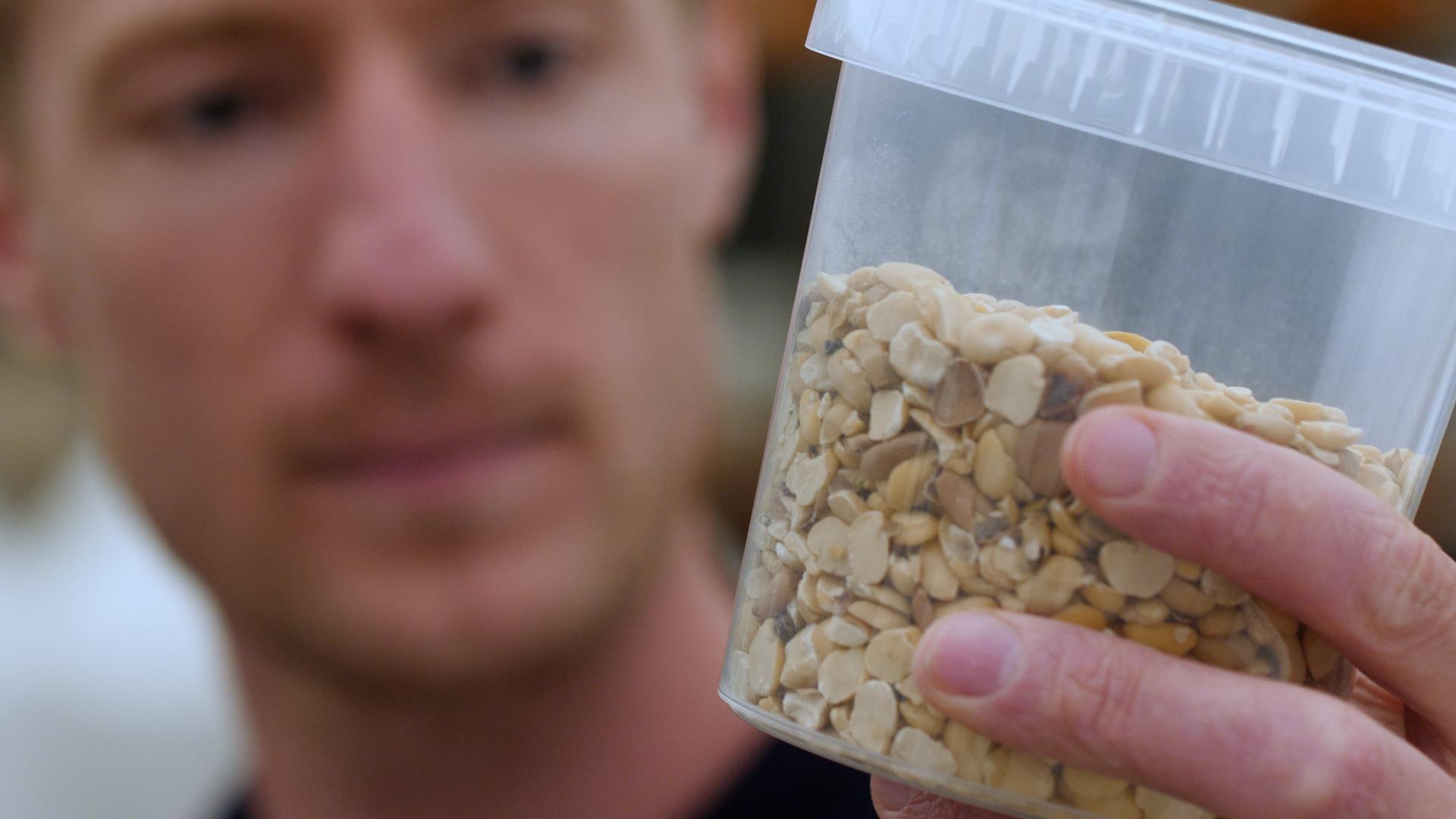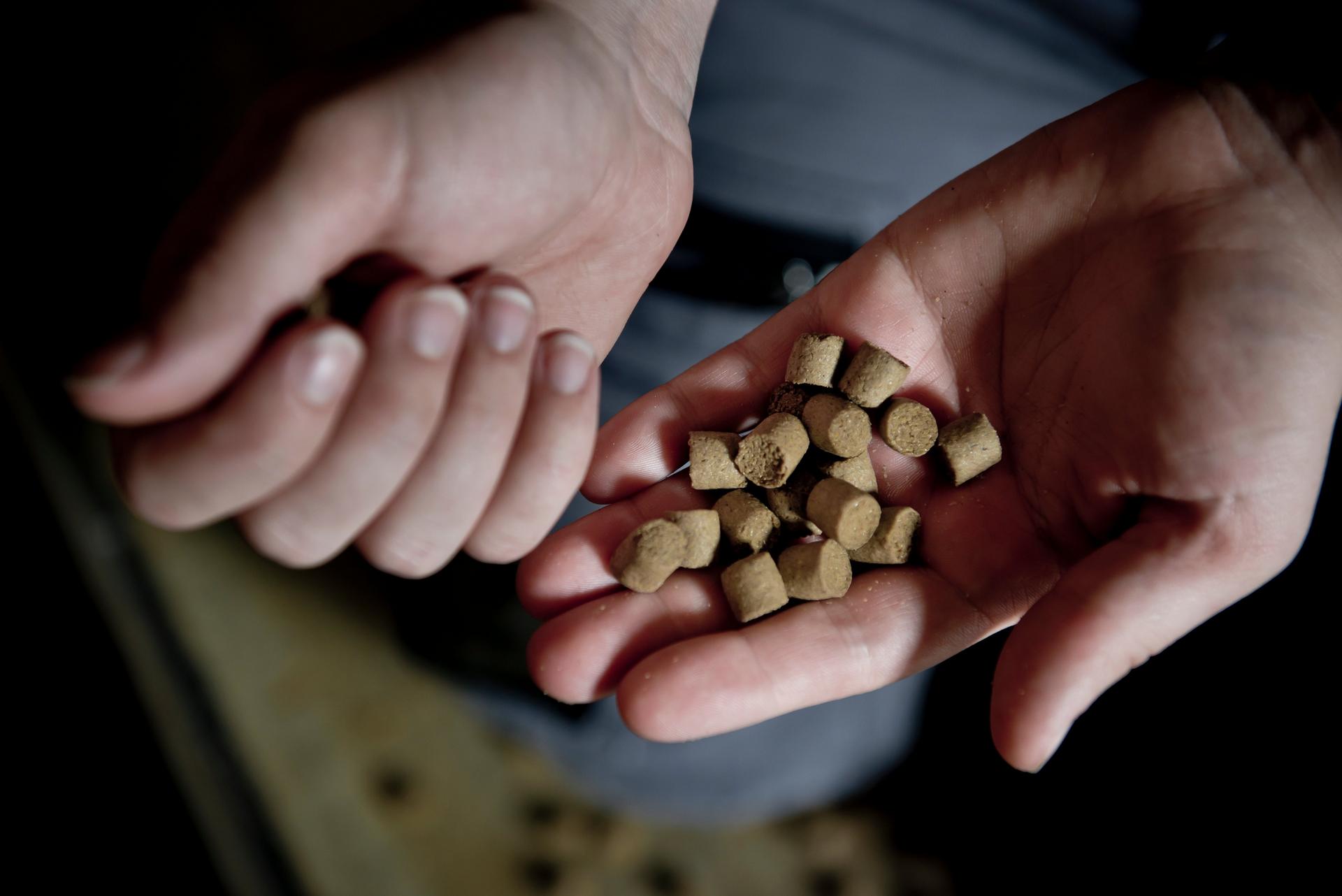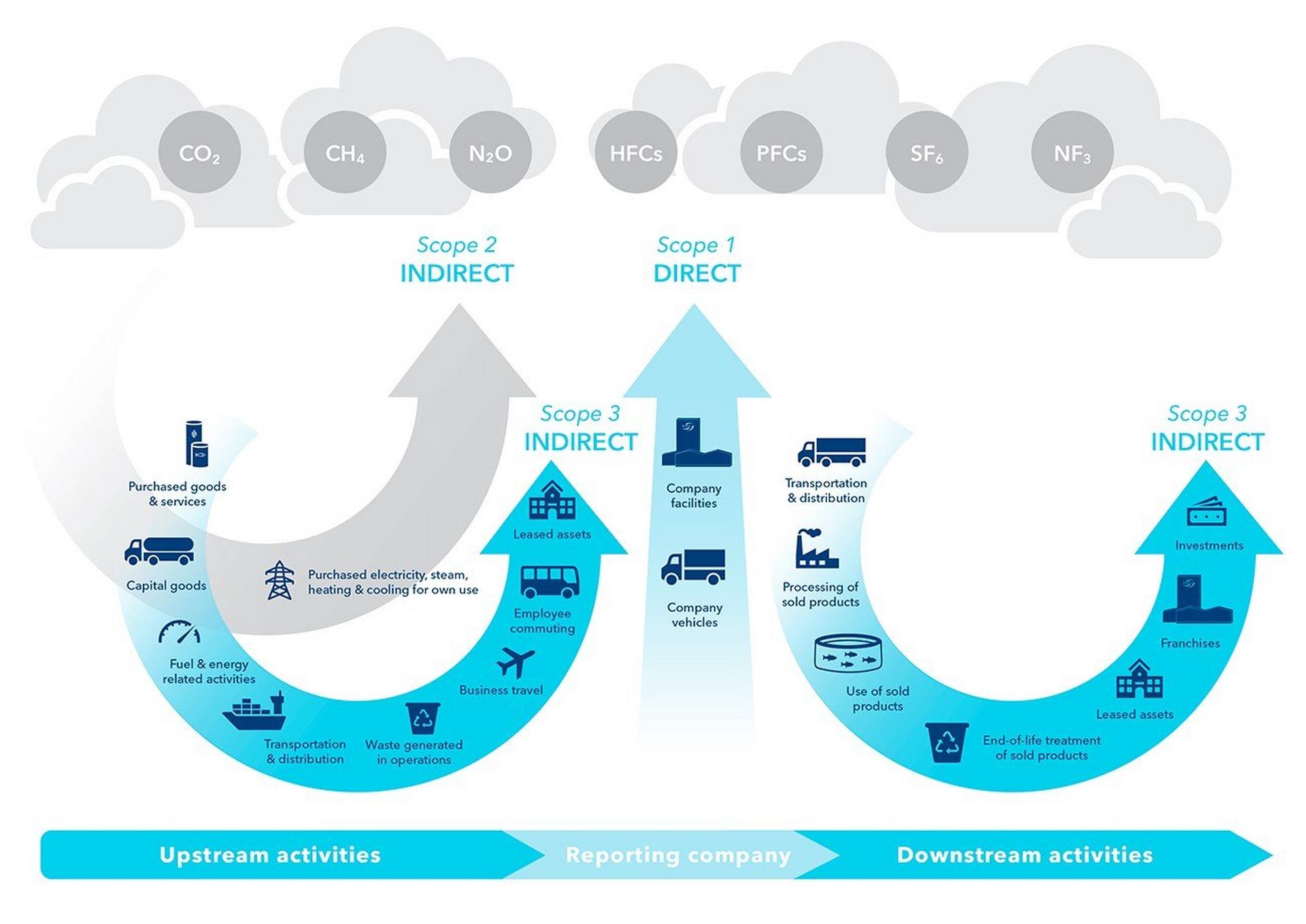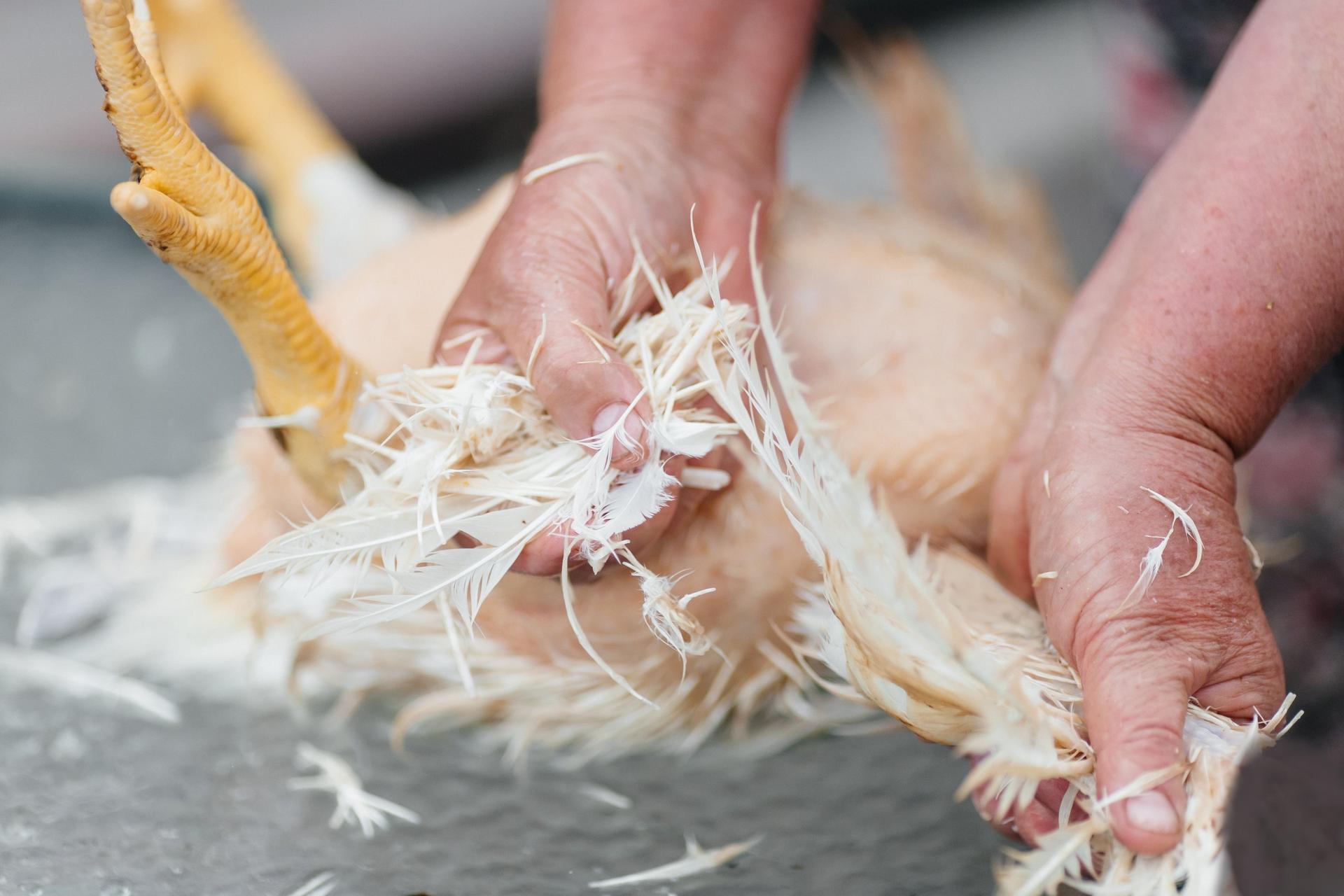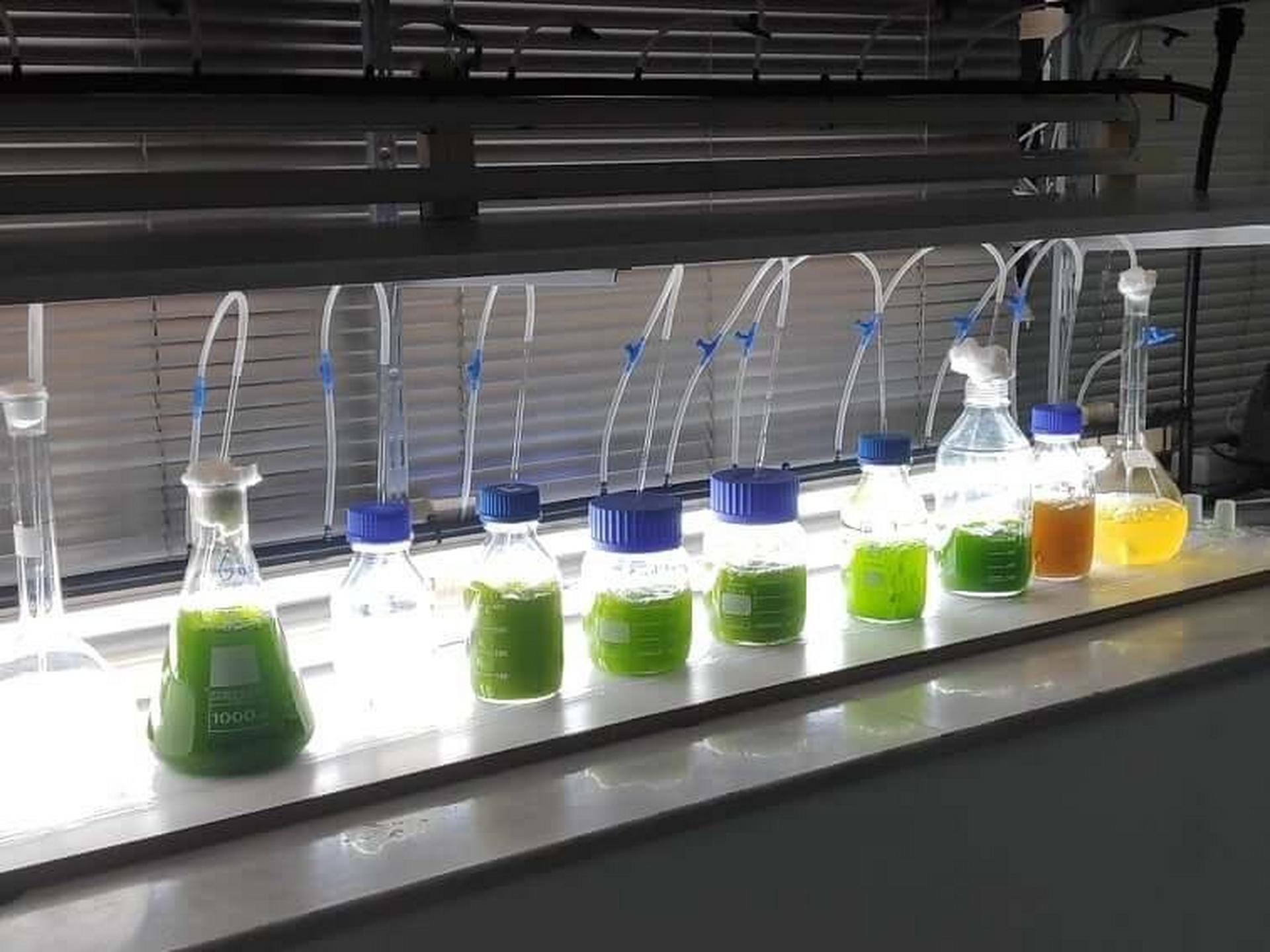Sustainability and Circular Economy
The environmental performance of fish oil as a raw material is closely linked to the health and management of marine fisheries. Responsible fishing practices, ecosystem-based management, and strict adherence to sustainable quotas are essential to ensure that fish oil can continue to be produced without overexploiting wild fish populations. To support sustainability, certifications such as MarinTrust and the Marine Stewardship Council (MSC) are recommended, as they guarantee that the fish oil has been sourced from well-managed fisheries.
Fish oil is increasingly a part of the broader circular economy in aquaculture, as more and more fish oil is being produced from seafood by-products, such as fillet trimmings. By recycling by-products from the marine ecosystem, the industry can reduce the demand for primary resources such as crops from arable land or whole fish caught for marine ingredients. This contributes to a more sustainable and resilient food production system.
Low Carbon Footprint
Fish oil has one of the lowest carbon emissions intensities per unit of omega-3s delivered amongst feed raw materials. Fish oils derived from well-managed fisheries and originating from seafood by-products, are among the most sustainable and preferable lipid sources available to the aquaculture industry.
Forage Fish Dependency Ratio (FFDR)
The demand for fish oil in aquaculture, however, does place pressure on wild fish stocks as the primary resource base. This increased demand has led to concerns about the sustainability of fish oil production in the long term. The FFDR is a measure of how much wild fish (kg) it takes to produce one kg of farmed fish. The ratio, which is expressed as a fraction (kg wild fish / kg farmed fish) is often used to de-lineate feed recipes that have a low reliance (FFDR < 1) or a higher reliance (FFDR > 1) on wild marine resources. Reducing the FFDR by finding alternative, sustainable sources of omega-3 fatty acids is crucial to addressing these concerns. Innovations in alternative feed ingredients, such as plant-based omega-3s or algae-based oils, are increasingly being explored as viable substitutes to lessen the reliance on fish oil and support more sustainable aquaculture practices.






